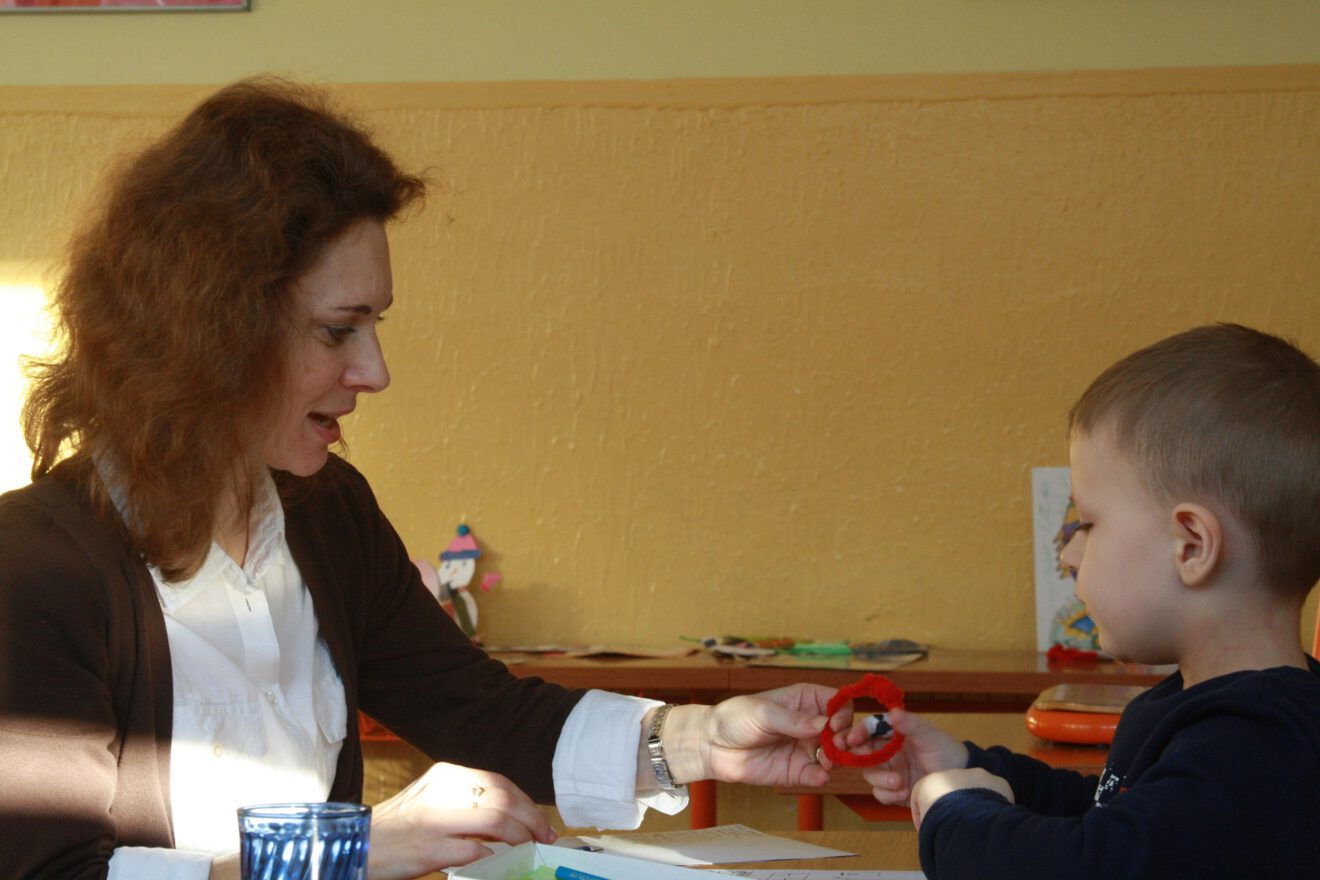This post is sponsored by the International Society for Technology in Education.
Technology in education has become so ubiquitous that one could argue we’ve passed the tipping point. Technology is no longer seen as optional in schools, and everyone from the US Congress to educators in rural district are striving to provide broadband access and networked devices to students in K-12.
But has it resulted in better learning outcomes? An international study last year found that test results were actually harmed in the nations where students had the most access to technology. On the other hand, this jeremiad was countered by a more recent study showing that laptop use resulted in modest but significant improvements to learning. As Malcolm Gladwell writes in The Tipping Point, “Look at the world around you. It may seem like an immovable, implacable place. It is not. With the slightest push — in just the right place — it can be tipped.” The challenges are real but ISTE believes that a true tipping point in education is near.
This drive to transform learning with technology lies at the heart of ISTE’s refresh of the ISTE Standards for Students, which focus on the skills and dispositions students can and should develop using digital tools. The ISTE Standards are learning standards, and the 2016 standards sharpen the transformation of learning with technology and emphasize empowering students to take ownership of their learning. The updated standards also support digital age skills like computational thinking, design processes, collaboration, communication, and social and emotional skills, such as perseverance and tolerance for ambiguity. The ISTE Standards for Students thus provide a blueprint for transformative learning, teaching and leading with technology.
But this transformation cannot occur with technology alone. Teachers are key to rethinking and redesigning learning activities so that students can achieve the digital age skills laid out in the ISTE Standards for Students.
The stakes for this kind of learning have never been higher. The National Educational Technology Plan highlights a new “digital use divide” emerging as the technology access gap shrinks. This divide comes when students use technology passively, as consumers, rather than actively as creators, collaborators and problem solvers. Notably, studies have shown that students in poor school districts are more likely to use technology to absorb information or fill out digital worksheets than their more affluent peers. The closing of one gap — access — reveals an even more fundamental divide in how our students are taught.
Such challenges obviously cannot be fixed with technology, per se, but they can be solved when we enable and trust teacher expertise to envision pedagogy for the digital age. Embracing this approach creates the potential for a true tipping point, one where technology is not merely ubiquitous but instead helps catalyze substantive change in education. ISTE and the ISTE Standards are here to help educators achieve this shift.
Visit the ISTE to view the revised 2016 student standards and find resources and information to support educators in this educational transformation.
Sarah Stoeckl, PhD, is senior project manager in the standards department at ISTE. Her work focuses on implementation of the ISTE Standards.
